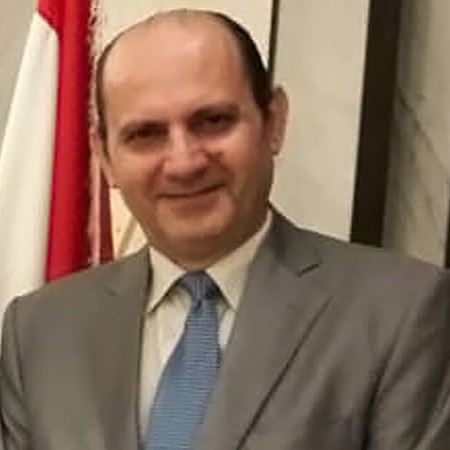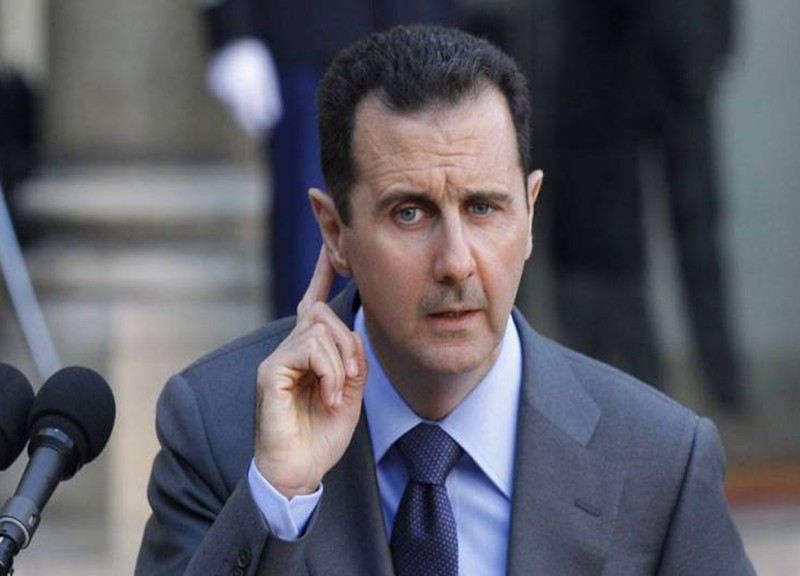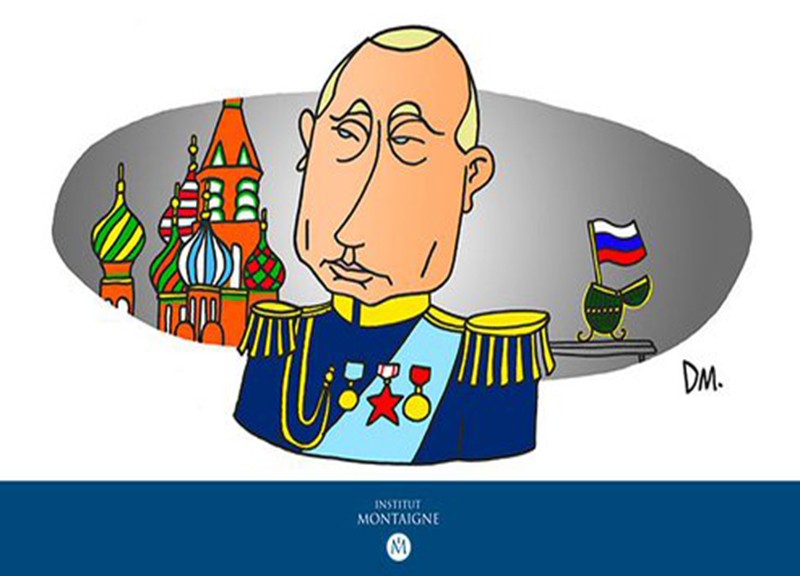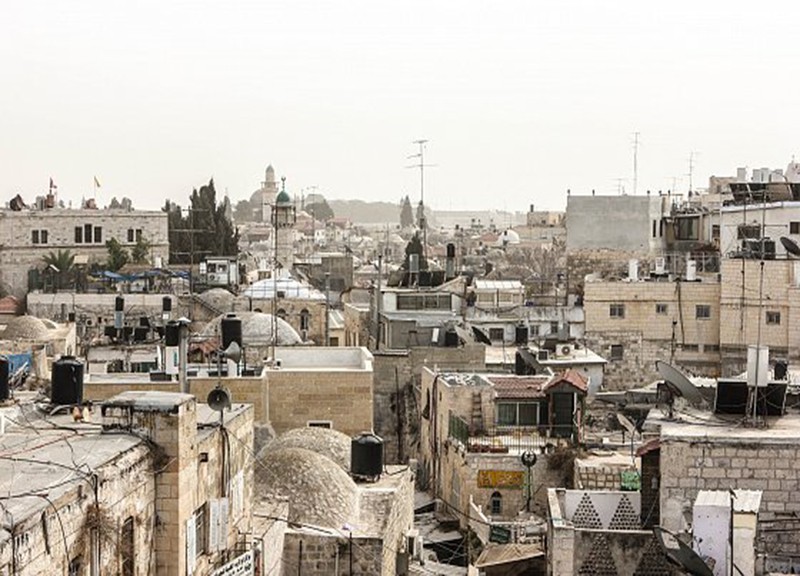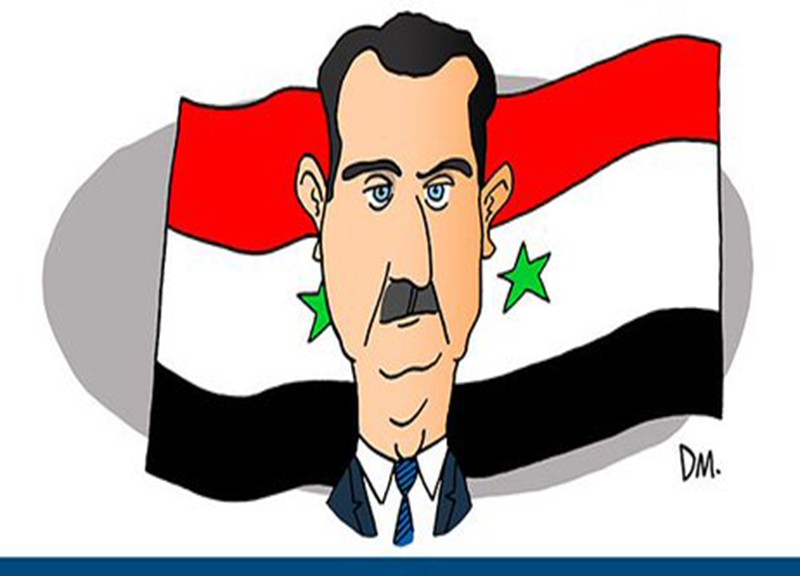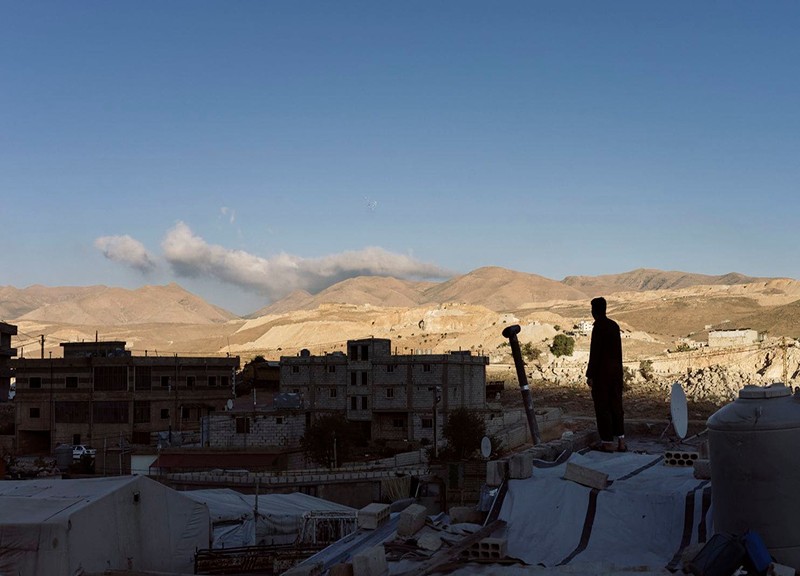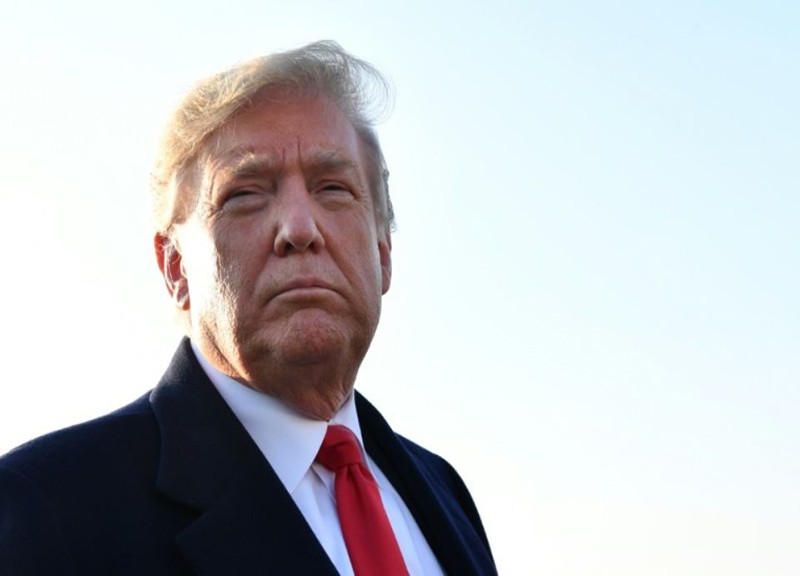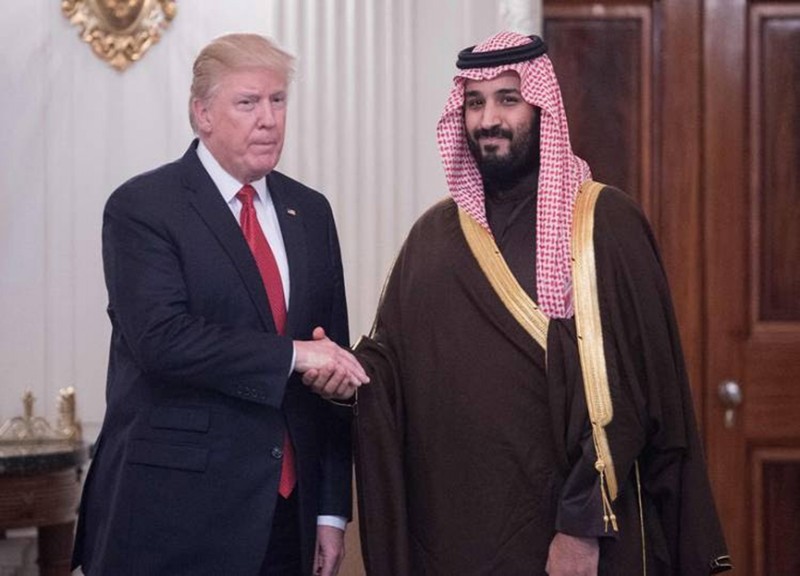
The likelihood of the cease-fire being salvaged in the near future appears extremely low.
By John Haltiwanger - FOREIGN POLICY
Israel resumed large-scale airstrikes against Hamas on Tuesday, shattering a fragile cease-fire and dashing hopes for an end to a devastating war in Gaza, which has killed tens of thousands of Palestinians and left the enclave in ruins. More than 400 people were killed by the Israeli strikes on Tuesday, according to the Gaza Health Ministry.
Israeli Prime Minister Benjamin Netanyahu’s office said in a statement that the strikes were conducted due to Hamas’s refusal to release hostages and its rejection of cease-fire extension proposals.
“Israel will, from now on, act against Hamas with increasing military strength,” the statement said. The Israeli military also said that the strikes were “preemptive” and “based on Hamas readiness to execute terror attacks, build up force and re-arm,” suggesting that Israel still views Hamas as a serious threat to its security—even after 17 months of war.
The Israel Defense Forces said the strikes “will continue as long as necessary, and will expand beyond air strikes.”
The White House said it was consulted by Israel prior to the strikes, which the Trump administration also blamed on Hamas. “The blame for the resumption of hostilities lies solely with Hamas,” said Dorothy Shea, the U.S. deputy ambassador to the United Nations, on Tuesday during a Security Council briefing.
Hamas, however, accused Israel of overturning the cease-fire agreement and putting the lives of hostages at risk.
Why did the cease-fire fall apart?
Israel and Hamas agreed to a three-phase cease-fire deal that began in January and saw some of the remaining hostages in Gaza released in exchange for the release of Palestinian prisoners held by Israel. But talks for the second phase of the cease-fire—which would have seen the return of all the remaining living hostages as well as a full Israeli troop withdrawal from Gaza—never got off the ground, as both parties repeatedly accused the other of violating the truce.
Hamas doesn’t want to give up the hostages, its primary leverage in negotiations, without guarantees for a permanent cease-fire and the withdrawal of Israeli troops from Gaza. But Israel is vehemently against Hamas retaining control in the enclave, and Netanyahu has vowed to destroy the militant group, which is why getting the cease-fire to phase two was always going to be difficult.
After the first phase expired on March 1, Israel blocked humanitarian aid from entering Gaza as it moved to pressure Hamas into agreeing to a cease-fire extension and speed up the release of hostages under a proposal put forward by U.S. President Donald Trump’s envoy to the region, Steve Witkoff. But with both parties fundamentally at odds on key issues, no further agreements were reached, and the cease-fire remained in limbo until Israel broke the tenuous truce with Tuesday’s strikes.
“I’m not surprised by any of this, because the odds that phase two would be implemented through a negotiation have always been very small,” Aaron David Miller, a former Middle East analyst and negotiator for the State Department, told Foreign Policy.
“Hamas would not have released all living and dead hostages unless they had ironclad guarantees that Israel would withdraw its forces from Gaza and the war would end. No one—not the U.N., not the U.S.—would have given Hamas those guarantees,” added Miller, who is now a senior fellow at the Carnegie Endowment for International Peace.
It’s also widely believed in Israel that Netanyahu views the war as a political lifeline. The situation is “inextricably linked” to Netanyahu’s “political travails,” Miller said.
Far-right members of Netanyahu’s flimsy coalition have threatened to collapse the government if Netanyahu agreed to a permanent end to the war. Itamar Ben Gvir, the far-right leader of the ultranationalist Jewish Power party, left the government over January’s cease-fire deal. But Jewish Power announced that it would be rejoining the government after the strikes on Tuesday.
Netanyahu is also on trial for corruption charges. The renewed fighting on Tuesday led the prime minister’s scheduled testimony in the trial to be canceled.
With the cease-fire in shambles, what happens now?
With Israel signaling that Tuesday’s strikes weren’t just a “one-day attack” and that there’s more to come, the likelihood of the cease-fire being salvaged in the near future appears extremely low.
The strikes are seemingly designed to pressure Hamas to give into Israel’s demands. But even if the truce is somehow salvaged by international mediators, “this is not going to have a happy ending,” Miller said. “Hamas is not going to be destroyed—its influence will still be felt and considerable in Gaza,” Miller added, and “no Israeli government will agree to give up overall security responsibility for Gaza, as long as there is no replacement security force.”
Renewed fighting is also likely to worsen the already dire humanitarian situation in Gaza and could put the lives of the hostages that Hamas is still holding captive in the enclave in even more danger. Families of hostages called for protests outside of Netanyahu’s Jerusalem office and warned on Tuesday that resuming hostilities will “lead to the killing of living hostages and the disappearance of the fallen.” .
There are also broader implications for the region. The war in Gaza has inflamed tensions across the Middle East, leading to a conflict in Lebanon between Israel and Hezbollah, direct military strikes between Israel and Iran, and attacks by Yemen’s Houthis on Israel and international shipping vessels in the Red Sea.
The Israeli military said on Tuesday that air defenses had intercepted a ballistic missile fired toward Israel by the Iran-backed Houthi rebels. This was the first Houthi attack directed at Israel since the day before the cease-fire began in January.
Returning to war in Gaza could also throw cold water on U.S. President Donald Trump’s push for a normalization deal between Israel and Saudi Arabia. Riyadh condemned Israel’s strikes in a statement released on Tuesday.
Much like during his first term, Trump has so far given Netanyahu full-throated support in his approach to Israel’s security. But if Trump begins to see the Israeli leader as an obstacle to his goals and desire to be seen as a dealmaker, then that could potentially change.




